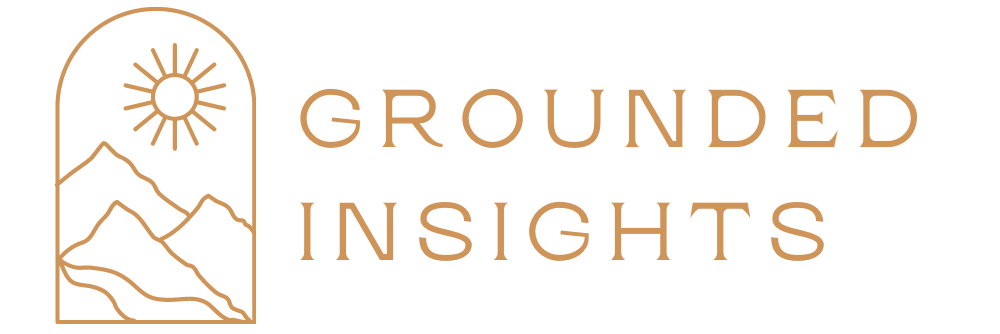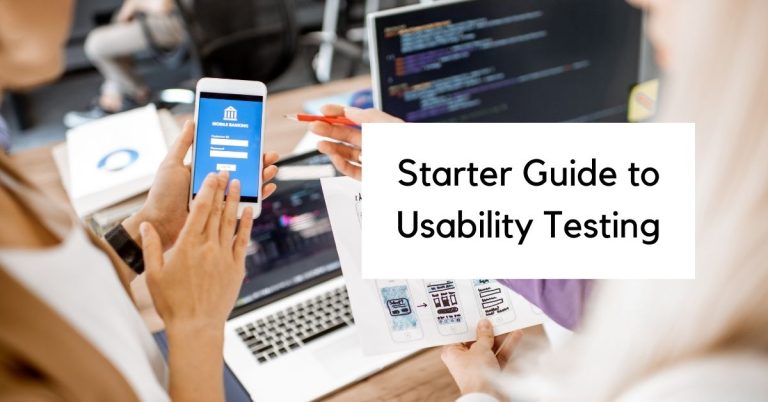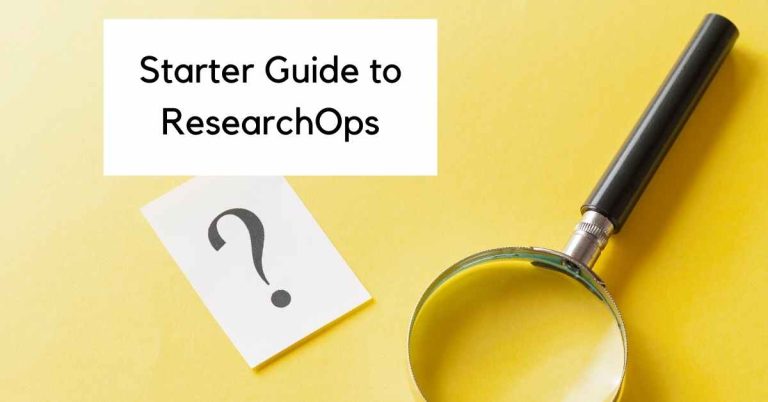Starter Guide to Stakeholder Interviews
If you’ve ever worked on a project, then you know that there are many moving parts. It’s not just about the people who do the work; it’s also about those who provide resources and support. Stakeholder interviews allow us to understand the needs of these stakeholders so that we can find ways to meet them during our project planning process.
What is a stakeholder? A stakeholder is someone who has an interest in your project.
In the world of user research, stakeholder interviews help align the research project to the business goals and increase overall buy-in into the success of the research. They help researchers understand the short and long-term objectives of the different team members involved in a project.

Who Are Stakeholders?
As mentioned before, stakeholders are people who have an interest in the project. The term comes from the stake that they have in it — they have something at risk if things go wrong. Stakeholders can be internal (for example, employees) or external (for example, the board of directors).
Stakeholder theory suggests that the more stakeholders an organization has, and the more diverse those stakeholders are, the greater its potential for success. As such, it is important for managers to consider all stakeholder groups before making any decision or taking any action.
When planning for a UX research project, internal stakeholder interviews are the most common. When you’re interviewing externally, those are typically with users as part of UX research studies. But in some cases, you might find yourself interviewing someone on the board of directors. You never know!

What Are Internal Stakeholder Interviews?
Internal stakeholder interviews are a great way to get a feel for what’s going on with your people inside of your company.
In user research, internal stakeholder interviews are often crucial to getting alignment on what you need to know for your research.
By understanding the business goals, technological limitations, pain points, user needs, and objectives, you’re better able to design a research plan that will be successful.
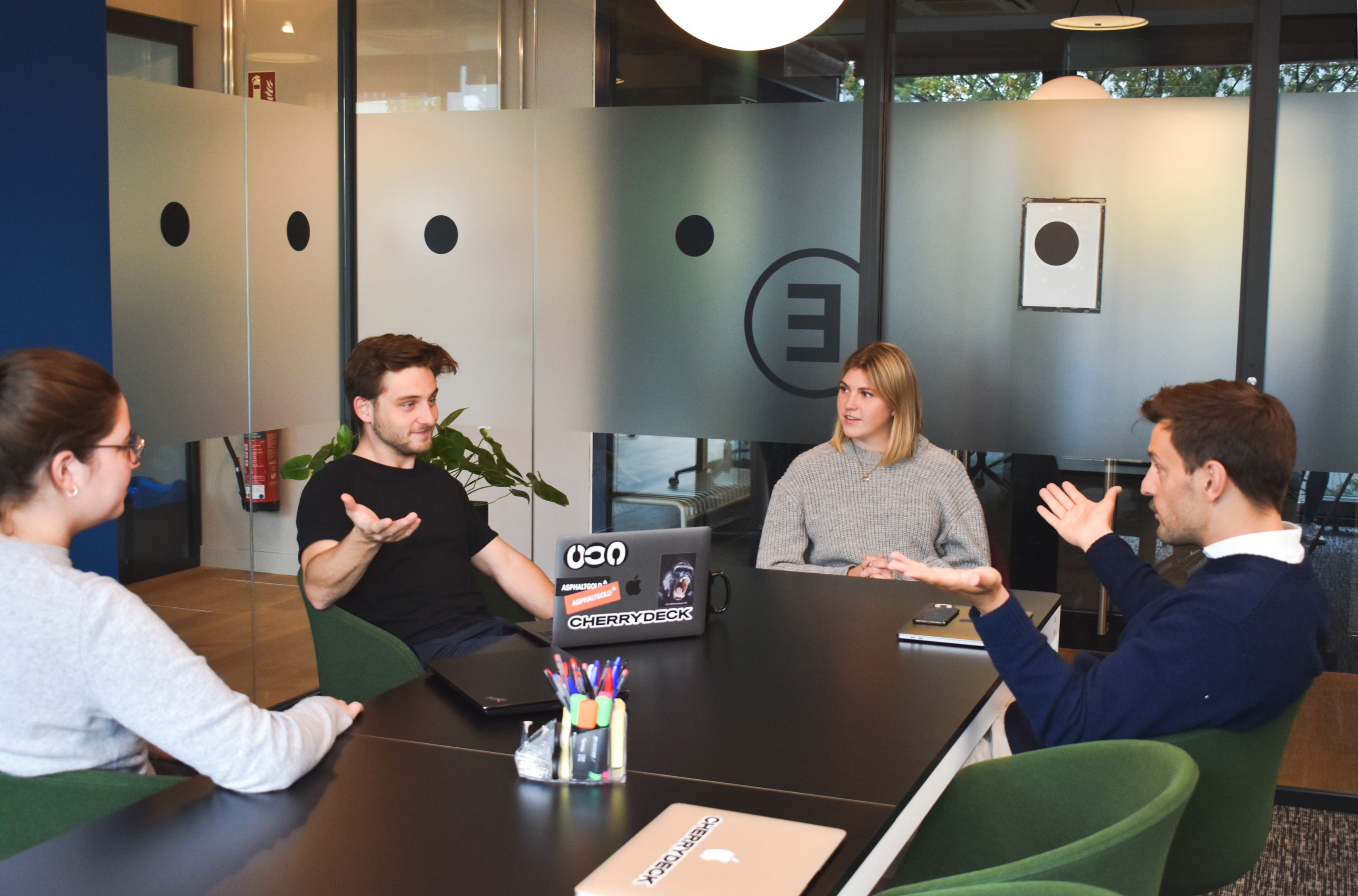
Preparing for Stakeholder Interviews
Before you conduct your stakeholder interviews, it’s important to make sure that you have a clear understanding of the people whose opinions will be included in the report. The first step is to find out as much as possible about them. What do they do? What are their goals and objectives? Who are their stakeholders, and how do they interact with each other?
Once you understand as much about your interviewees as possible, it’s time to think about what kind of results you want from this type of research. If there are competing interests between different groups within your organization (or even between departments), these interviews can help identify where those conflicts exist so that they can be addressed appropriately during strategy development.
Some other questions may arise when considering who will participate in this process: How many people should be interviewed? Should everyone be interviewed at once, or should individuals participate individually? The answers depend on what kind of information needs to be gathered and what format makes sense for each stakeholder group involved (if there is any).

When to Conduct a Stakeholder Interview
Stakeholder interviews best take place during the planning stage of your research project. In other words, when you have a problem (or opportunity) to research and you have identified the right people who can help you plan it. It’ll help you get specific on your usability testing plan or another research method you choose.
In this way, you will get the information and insights specific to your company or product you need.
Stakeholder interviews take time to conduct. You’ll need to determine the type of interview and the interviewing techniques that best meet your project timeline.
If you’ve been working with the same people for a long time and know the dynamics in and out, you likely don’t need to conduct interviews every time.
If you’re new to a project or something has happened to change the dynamic, then you want to consider doing these interviews.

Group vs. Private Stakeholder Interviews
Stakeholder interviews can take place in both group and private settings. When thinking about which one to do, you’ll want to consider your project timeline, the dynamics of stakeholders involved, and the effort required for both. Group and private both have a time and a place.
Benefits of Group Stakeholder Interviews
Group stakeholder interviews can be conducted in a variety of ways. You want to go into a group setting with a plan in mind. Otherwise, you’ll run into the HiPPO or another loud voice dominating the conversation.
Thus, if you want to get the most out of the stakeholders in attendance, you might consider structuring a group stakeholder interview as more of a workshop.
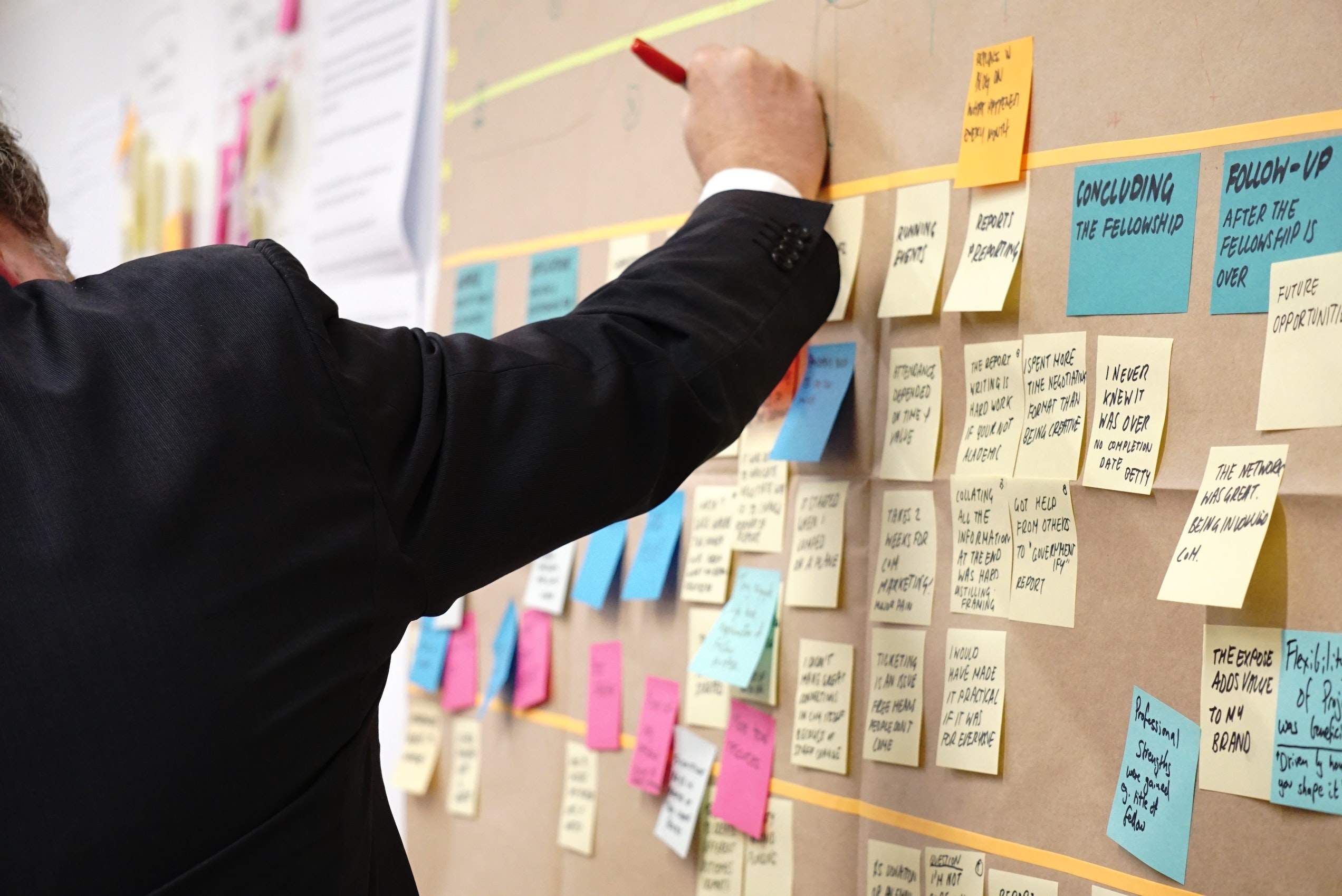
An in-person workshop might involve having the questions to ask on a large sheet of paper and then giving each person sticky notes to write their answers. A virtual workshop might having different activities designed on a virtual whiteboard.
The important part of a workshop like this is to set specific times for people to speak and specific times for people to write. When it’s writing time, it’s not time for discussion. It’s time to get ideas out there.
Group sessions like this help create a cohesive vision if done correctly. When you have a group people together, you can get them to align on the business goals as a group to help set the research direction in a fruitful way. However, sometimes group dynamics prevent this from happening.

Benefits of Private Stakeholder Interviews
Private stakeholder interviews are typically conducted one-on-one or with a minimal number of team members to help take notes. There’s one stakeholder who you’re seeking insights from at a time.
Private stakeholder interviews give you control over who participates, what gets discussed, and how long each topic stays on the table before moving on to something else—but this means fewer people will be part of your conversations at any given time.
As such, private stakeholder interviews often take a lot more time. However, you’re much more likely to get someone’s honest thoughts and have the time to ask follow up questions.
After completing your private stakeholder interviews, you’ll want to deliver a report to everyone you interviewed to let them know the outcomes of the interviews. For instance, if a majority of stakeholders have one opinion, but a minority has a different one, you can share that with the team and emphasize the need for alignment.

Interviewing Techniques
It’s important to design your stakeholder interview questions and plan according to the needs of your project and the dynamics of the people involved.
Structured Interviews
Structured interviewing use a set list of questions and doesn’t allow for much deviation. It’s great for gathering specific information from multiple people in a short amount of time because you always ask each person the same exact question.
The insights you get from your sessions will be consistent.
Unstructured Interviews
Unstructured interviewing allow participants to talk freely about whatever they want regarding the topic you provide.
It works well if you’re trying to get an overall sense of someone’s feelings towards something or if what they say could be interpreted in many different ways, but it can also take longer than other approaches because people may go off-topic more often than not.
If you want the flexibility of an unstructured interview, but want to make sure you get the data and insights you need, you might consider a doing a semi-structured interview.
Semi-structured Interviews
You may want a combination of structured and unstructured. Sometimes, a structured interview can be too rigid and you don’t get as many insights as you might have if you would have let the conversation flow more naturally. However, too unstructured and you might not get anything useful.
In a semi-structured interview, you have a list of questions you want to get answered no matter what and a set of backup questions that are okay if they don’t get answered.
You’ll want to make sure your important questions get answered during the interview time frame, but as long as you’re doing well on time you can freely allow the conversation to go in a different direction.

Stakeholder Interview Best Practices
Interviews with stakeholders are an important part of gathering information to develop a UX research plan. Stakeholders are those who are affected by or can influence decisions being made on the overall design process. There are some best practices involved with planning to conduct a stakeholder interview that you want to bear in mind.
Conduct Interviews Face-to-Face
Stakeholder interviews are meant to stimulate a dialogue between the interviewer and interviewee, so one of the best tips is to conduct them in person.
You can conduct interviews over the phone or via video call if you’re not co-located or (hello!) a pandemic is happening.
If it’s virtual call, encourage for cameras to be on. The best way to invite someone else to turn on their camera is to have yours turned on.
Even if they don’t turn theirs on (and it might feel a bit awkward if they don’t), leave yours on. You never know why someone isn’t turning their camera on and they’ll have a more personal connection with you.
Ask Open-Ended Questions
Typically, your questions should be open-ended and conversational rather than statistical or specific—you want your stakeholders talking about their experiences rather than answering yes or no questions.

Record the Conversation
Unless you’re a master at taking notes and fast, it’s best to record the conversation. Even if you are a note taking wizard, you never know what you might miss or what might happen.
When it’s an in-person stakeholder interview, you can bring a recording device with you and ask if they mind you putting it near them. If you’re sitting close enough to them, you could use a recorder app on your laptop and take notes at the same time. Otherwise, you could put your phone or some other device nearby.
Recording a meeting virtually is as simple as clicking a button. You still want to ask their permission at the beginning though.
Be Mindful of Different Communication Styles
Always keep in mind that different people have different styles of communication. Certain types of people like to think aloud as they talk, so their responses may seem a bit rambly. However, if you continue to listen carefully and take notes, you’ll usually get some helpful insights.
Some might prefer a written set of questions to an interview because they’re busy and would rather just write out what they need.

Preparing for a Stakeholder Interview
The goal of conducting stakeholder interviews is not just to gather information — it’s also about building relationships. While most people are happy to share their thoughts, it’s more helpful if they feel like they’re part of the process and not just being interviewed. If you can build that relationship early on, it will make everything else easier down the road.
1. Plan the interview
Before you meet with your stakeholders, prepare an agenda and send over your questions. This will help you stay on track and keep the conversation focused on what is important to them.
2. Prepare your space
Set up a meeting space that is private and quiet. If your session is in person, try to anticipate things you might need such as access to power outlets.
3. Know what you want to ask
Prepare questions ahead of time, but don’t read them word-for-word during the interview — this will make it seem like you’re not listening closely or understanding the person’s point of view. Instead, have them handy, so you can reference them as needed throughout the meeting; this will also help ensure that you don’t miss any important points because you forgot to ask about them!
4. Be respectful and open-minded during the interview
Try not to jump in too quickly with your own ideas or opinions before hearing what your stakeholder has to say (unless it’s clear that they agree with something that isn’t true). This will ensure better results from your conversations with stakeholders who might not always be willing to share their true thoughts.

Sample Stakeholder Interview Template
You want to start off your interview with an introduction to yourself and the research you want to conduct. If they haven’t heard of UX research, this is a great time to educate them on what you do and how it can provide value to them.
After you do your intro, don’t forget to ask if you can record the session!
Each project and interview will be different, but here are some sample stakeholder interview questions you can ask your interviewees.
- What responsibilities does your role involve?
- What does a day in the life look like for you?
- What keeps you up at night [related to the pain point or problem you’re researching]?
- What are your priorities for [this product or project]?
- In your opinion, what are the biggest pain points our users face?
- In your eyes, what advantage does the competition have?
- If you could talk directly to the user about this, what would you ask?
- After we complete this research, what do you plan to do with the data?
You want to make sure you ask questions that will help shape your research plan, get them bought into the work, and be accountable for taking action after you complete the project.
Final Thoughts
Learning more about stakeholders is important for any project, but it’s especially important for big projects on which multiple stakeholders work together.
With their opinions and expectations, you can get a better feel for what they are looking for from the final project.
